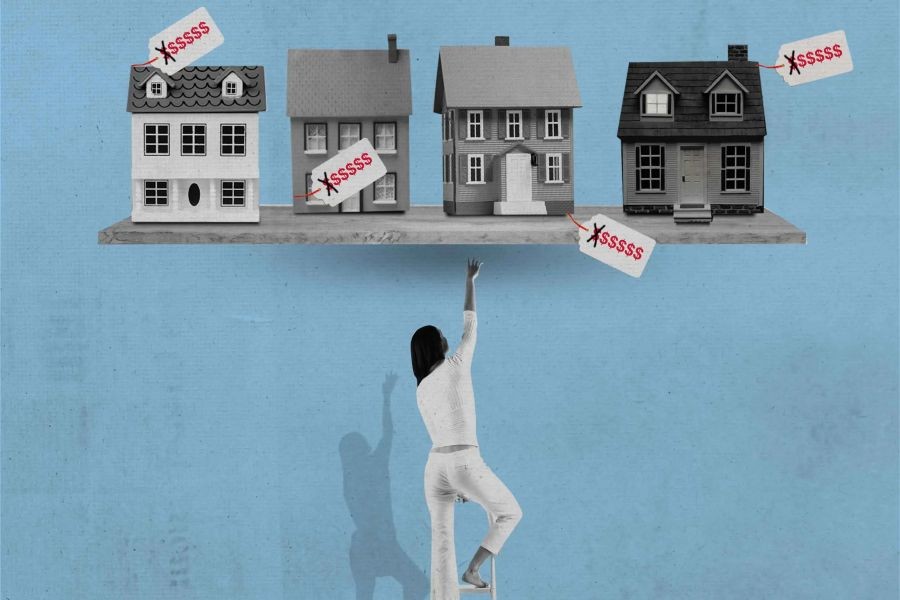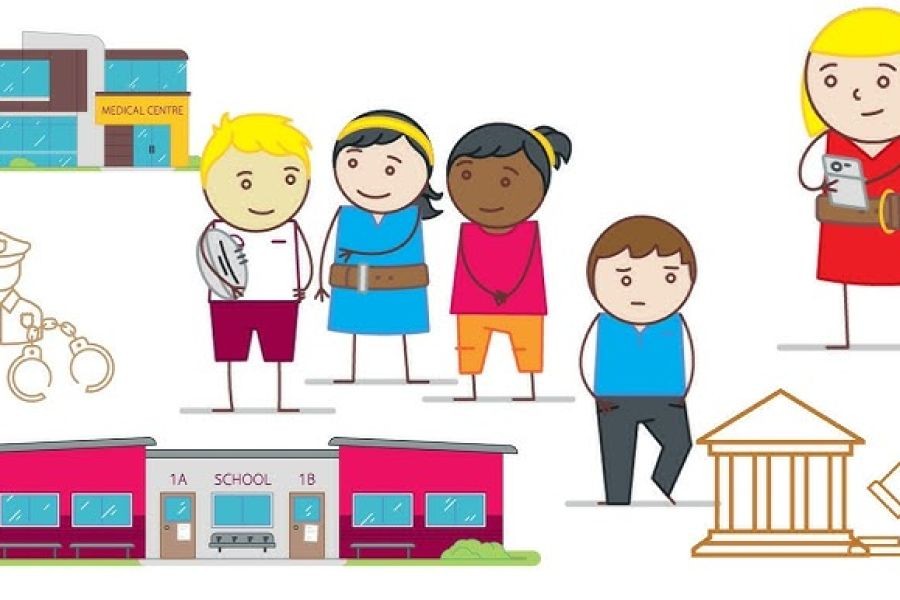In Melbourne, the dream of homeownership seems increasingly elusive, especially for professionals like Sarah, a dedicated nurse working near the city's bustling healthcare district. Despite her stable income and commitment to saving, the prospect of buying a home close to work remains daunting. Australia's housing affordability crisis is a topic of heated debate, with neither major political party's plans offering a viable solution for individuals like Sarah. The issue is compounded by economic factors, policy shortcomings, and industry trends that need urgent attention.
Understanding the Housing Affordability Crisis in Australia
Australia, like many developed nations, faces a significant housing affordability challenge. The Reserve Bank of Australia (RBA) notes that house prices in major cities like Melbourne have outpaced wage growth for over a decade. According to the Australian Bureau of Statistics (ABS), the property price index for Melbourne increased by 12% in 2022 alone, while the average wage growth lagged at just 3.5%.
Economic Factors Contributing to the Crisis
Several economic factors contribute to the housing affordability crisis. The RBA's monetary policy, including historically low-interest rates, has fueled demand in the housing market, driving prices upward. Additionally, foreign investment in Australian real estate has intensified competition, further inflating property values. The ABS reports that foreign buyers accounted for approximately 10% of the total property market transactions in 2022.
The Impact of Policy and Regulation
Government housing policies play a crucial role in shaping the market landscape. However, the current plans from both major political parties have been criticized for their inefficacy in addressing the core issues of affordability and accessibility.
Analysis of Current Housing Policies
The incumbent government's policies focus on stimulating supply through initiatives like the First Home Loan Deposit Scheme and grants for new home constructions. Conversely, the opposition party advocates for regulatory reforms to curb speculative investment and promote affordable housing projects.
Despite these efforts, the Australian Competition & Consumer Commission (ACCC) highlights that these policies often overlook the needs of middle-income earners like Sarah, who fall through the cracks of eligibility criteria for financial assistance.
Real-World Case Studies: The Struggles of Aspiring Homeowners
Case Study: Melbourne Nurse Sarah's Dilemma
Problem: Sarah, a registered nurse in Melbourne, finds herself priced out of the property market despite a consistent savings plan. The combination of high property prices and the cost of living in Melbourne makes securing a home near her workplace increasingly challenging.
Action: Sarah explored alternative housing options, including co-ownership and shared equity schemes, but found these solutions limited by strict eligibility criteria and long waiting lists.
Result: Despite her efforts, Sarah remains unable to purchase a home in a convenient location, highlighting the gap between policy intentions and on-the-ground realities. Her situation is reflective of many middle-income earners in Melbourne.
Takeaway: This case underscores the necessity for more inclusive housing policies that consider the unique challenges faced by essential workers in urban areas.
Case Study: Perth's Community Housing Model
Problem: In Perth, the housing market faced similar issues, with essential workers struggling to find affordable accommodation close to their workplaces.
Action: Local authorities implemented a community housing model, partnering with private developers to create affordable housing units specifically for essential workers.
Result: Within two years, the program successfully housed over 200 essential workers, reducing commute times and improving job satisfaction.
Takeaway: The success of Perth's community housing model suggests that similar initiatives could be replicated in Melbourne, providing practical solutions to the housing crisis.
Comparing Renting vs. Buying in Melbourne
The decision to rent or buy is complex, with significant financial implications. CoreLogic data from 2023 indicates that renting in Melbourne is becoming increasingly attractive as rental prices grow at a slower rate compared to property values.
Pros and Cons of Renting
- Pros: Flexibility, lower upfront costs, and no maintenance responsibilities.
- Cons: Lack of long-term investment potential and the risk of rent increases.
Pros and Cons of Buying
- Pros: Potential for capital growth, tax benefits, and stability.
- Cons: High upfront costs, ongoing maintenance, and potential market volatility.
The choice between renting and buying often depends on individual financial situations, lifestyle preferences, and market conditions.
Future Trends and Predictions in Australia's Housing Market
The future of Australia's housing market will be shaped by a combination of economic forces, policy shifts, and societal changes. Experts predict that by 2026, technological advancements in building techniques and sustainability could lower construction costs, potentially easing affordability pressures.
Furthermore, the ongoing urbanization trend could see increased demand for high-density living, prompting new developments in Melbourne's outer suburbs. This shift, combined with potential policy reforms, could redefine housing accessibility for middle-income earners like Sarah.
Conclusion: Navigating the Housing Market
For professionals like Sarah, navigating the housing market requires careful consideration of financial strategies and policy developments. While the current landscape presents challenges, understanding market dynamics and exploring innovative housing solutions can provide pathways to homeownership.
As the debate over housing affordability continues, it's crucial for policymakers to address the needs of all Australians, ensuring access to affordable, well-located homes for essential workers who form the backbone of our communities.
Call to Action
For those grappling with housing decisions, staying informed and engaged with policy discussions is key. Consider joining community forums, attending local council meetings, or engaging with housing advocacy groups to voice your concerns and contribute to shaping the future of affordable housing in Australia.
People Also Ask
- How does the housing crisis impact Melbourne's economy? The housing crisis affects economic stability by limiting workforce mobility and increasing living costs, impacting overall productivity.
- What are the biggest misconceptions about homeownership in Australia? Many believe homeownership is always more advantageous than renting, but for some, renting provides greater financial flexibility and security.
- What strategies can help aspiring homeowners in Melbourne? Exploring shared equity schemes and community housing models can provide alternative pathways to homeownership.
Related Search Queries
- Melbourne housing market trends 2024
- Affordable housing initiatives in Australia
- First-time homebuyer grants Melbourne
- Rent vs. buy calculator Australia
- Impact of interest rates on Australian housing

































rosellabuh3669
7 months ago